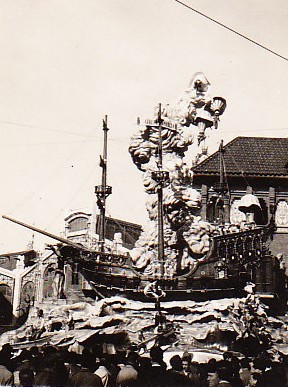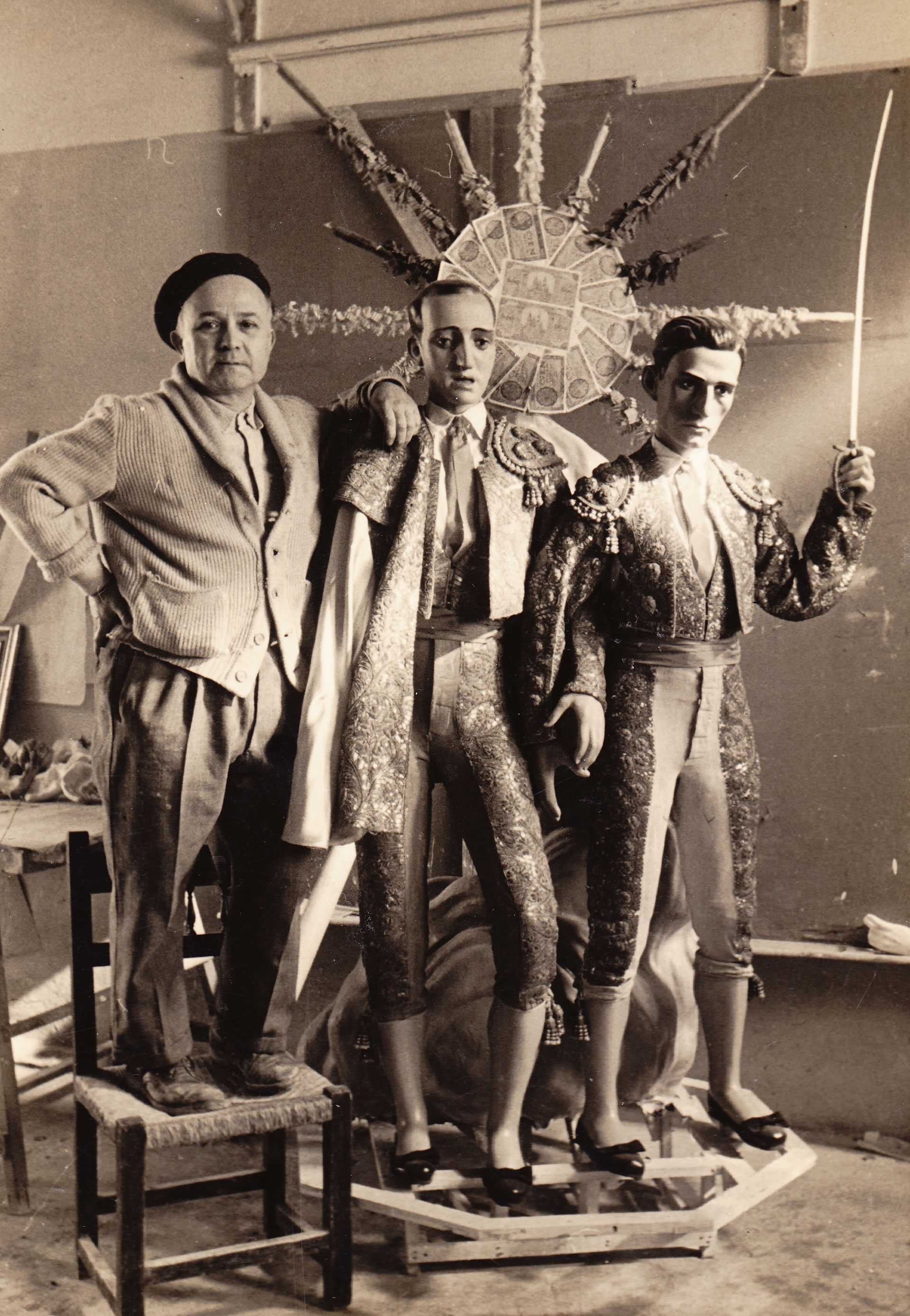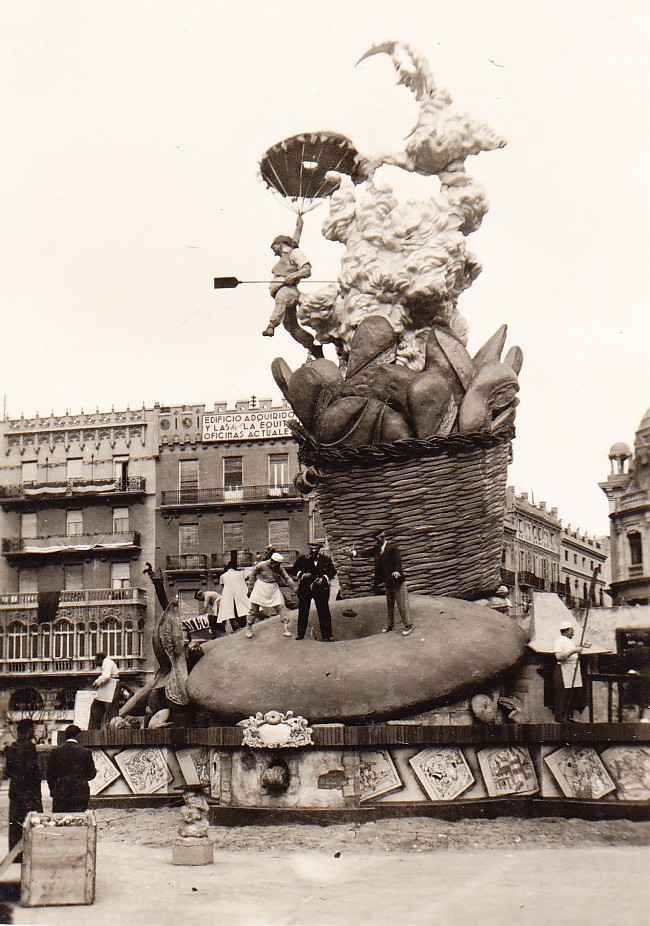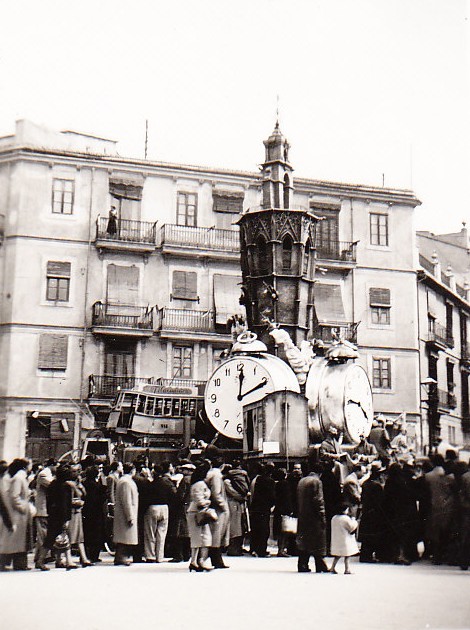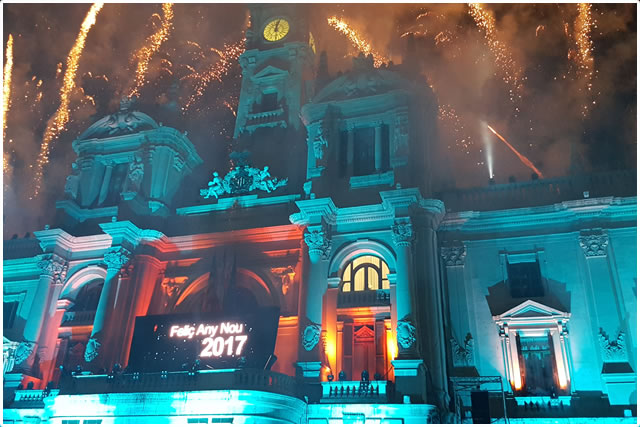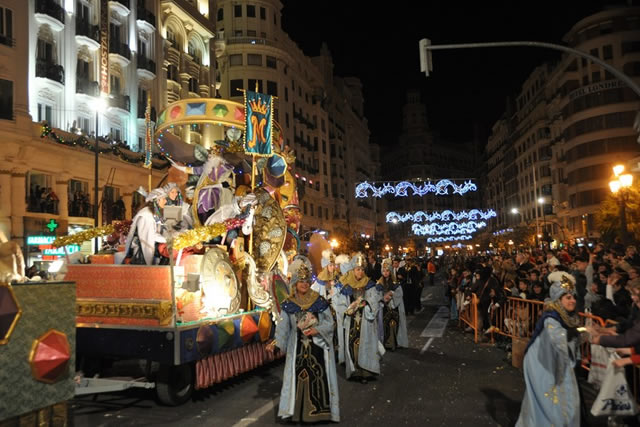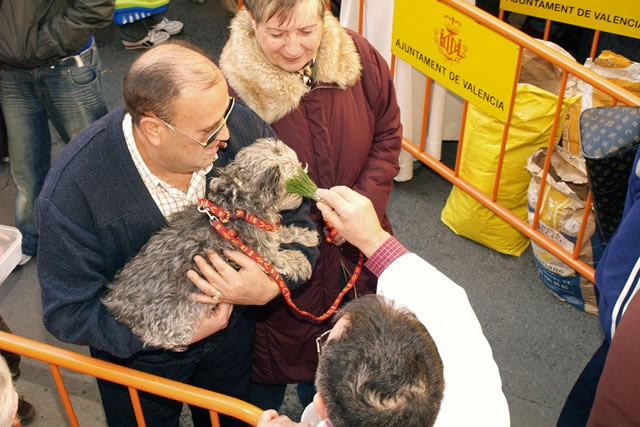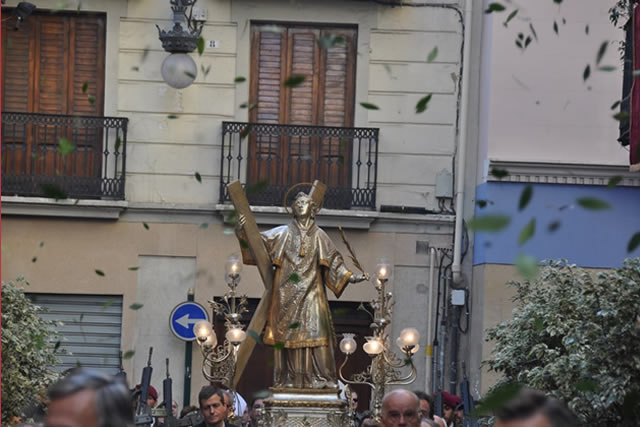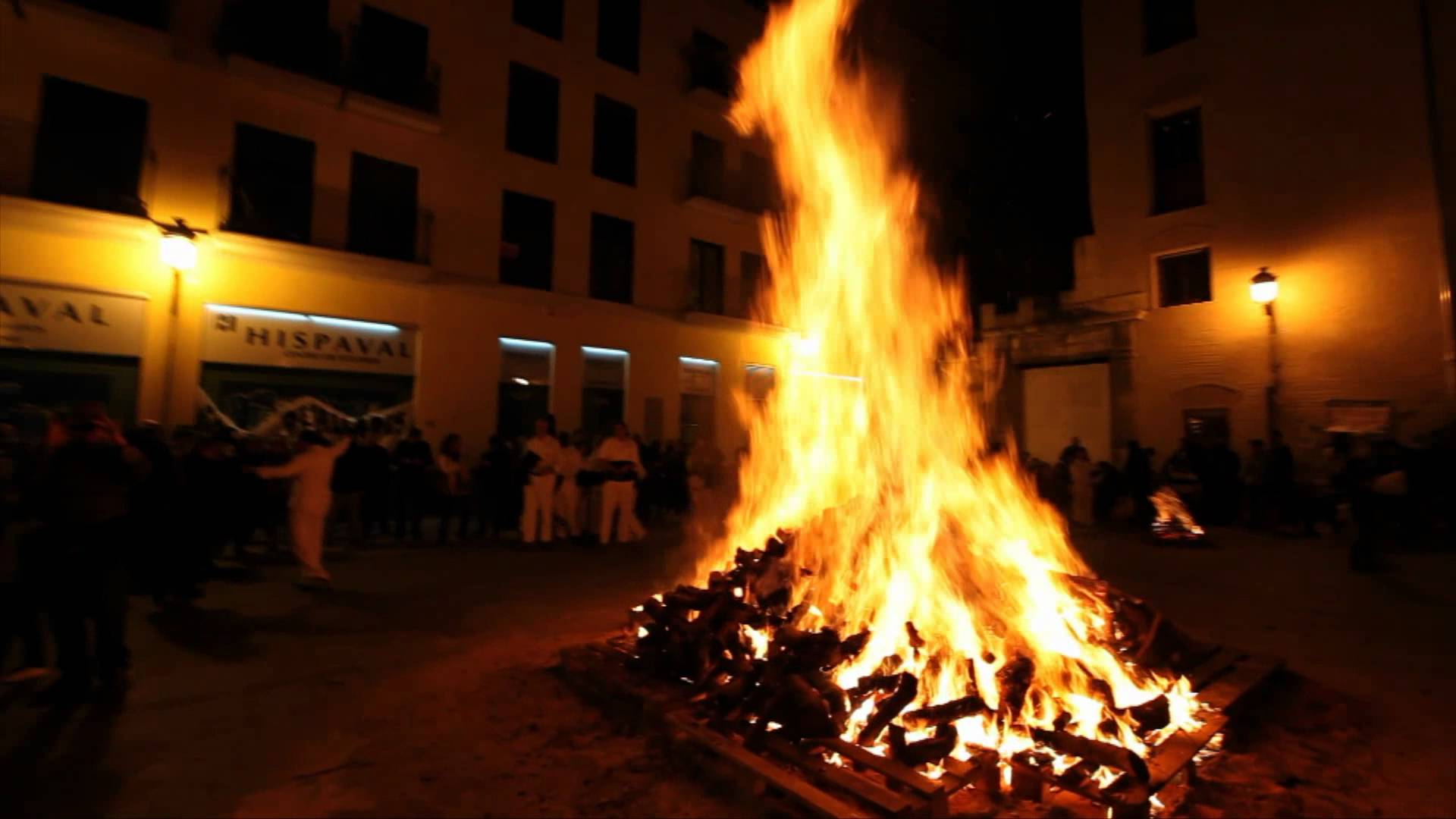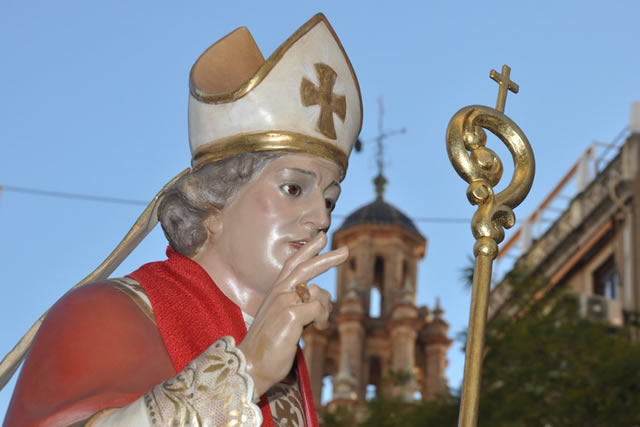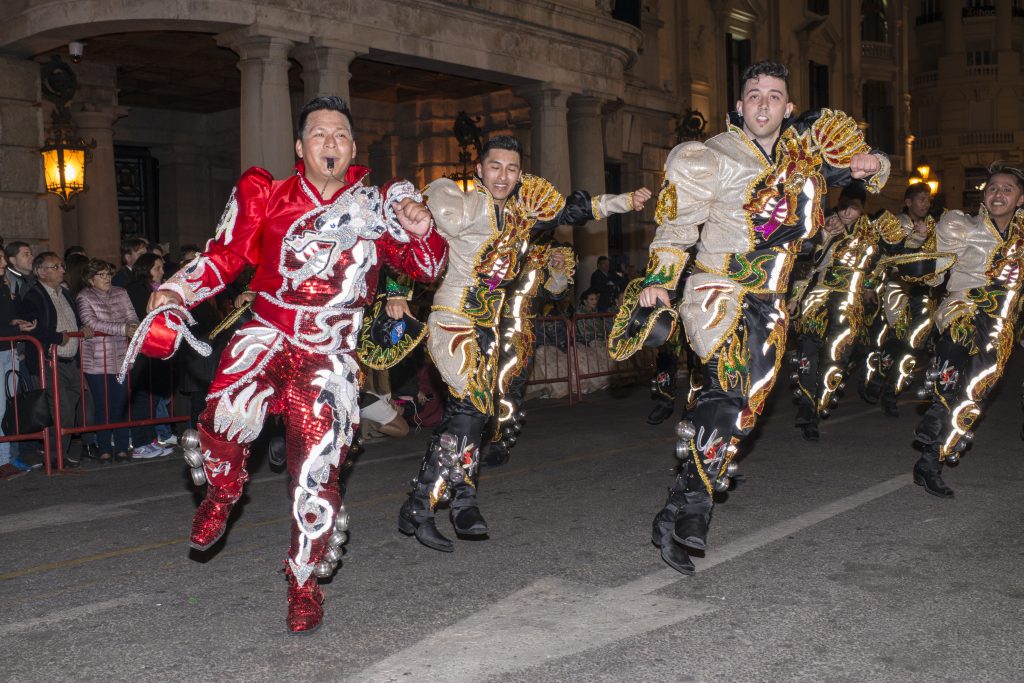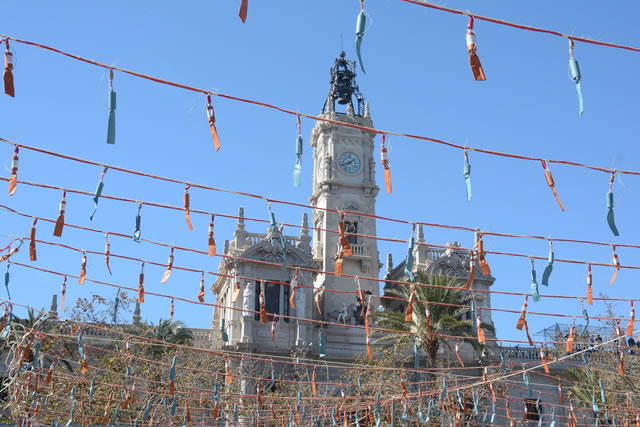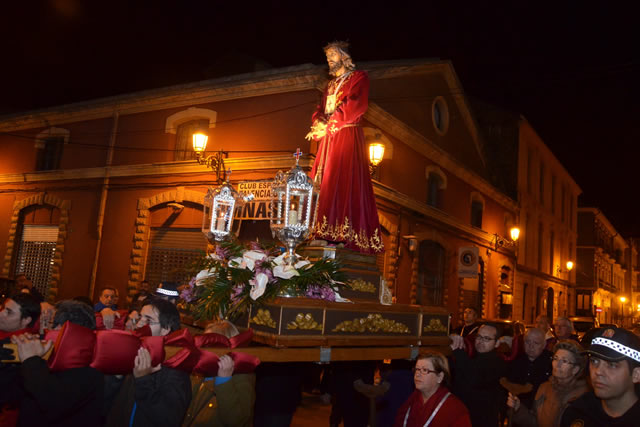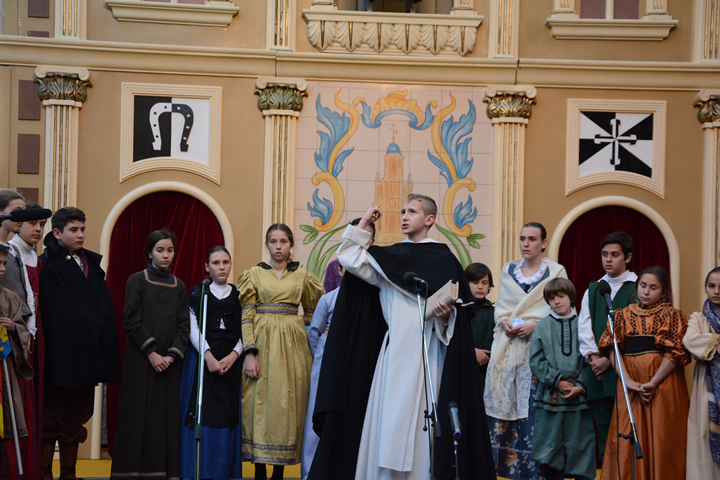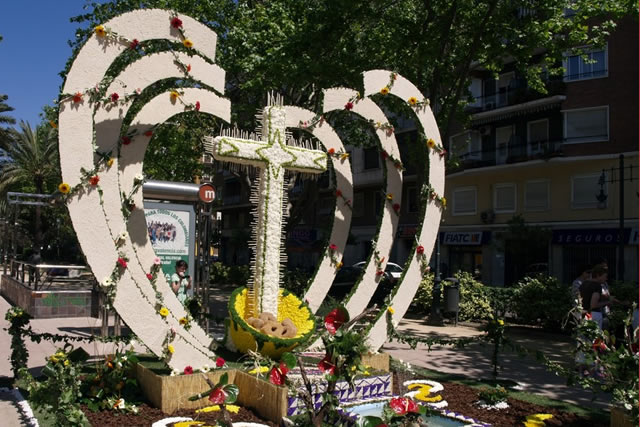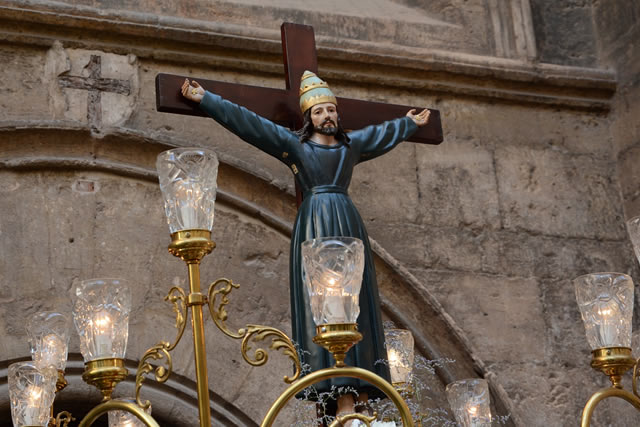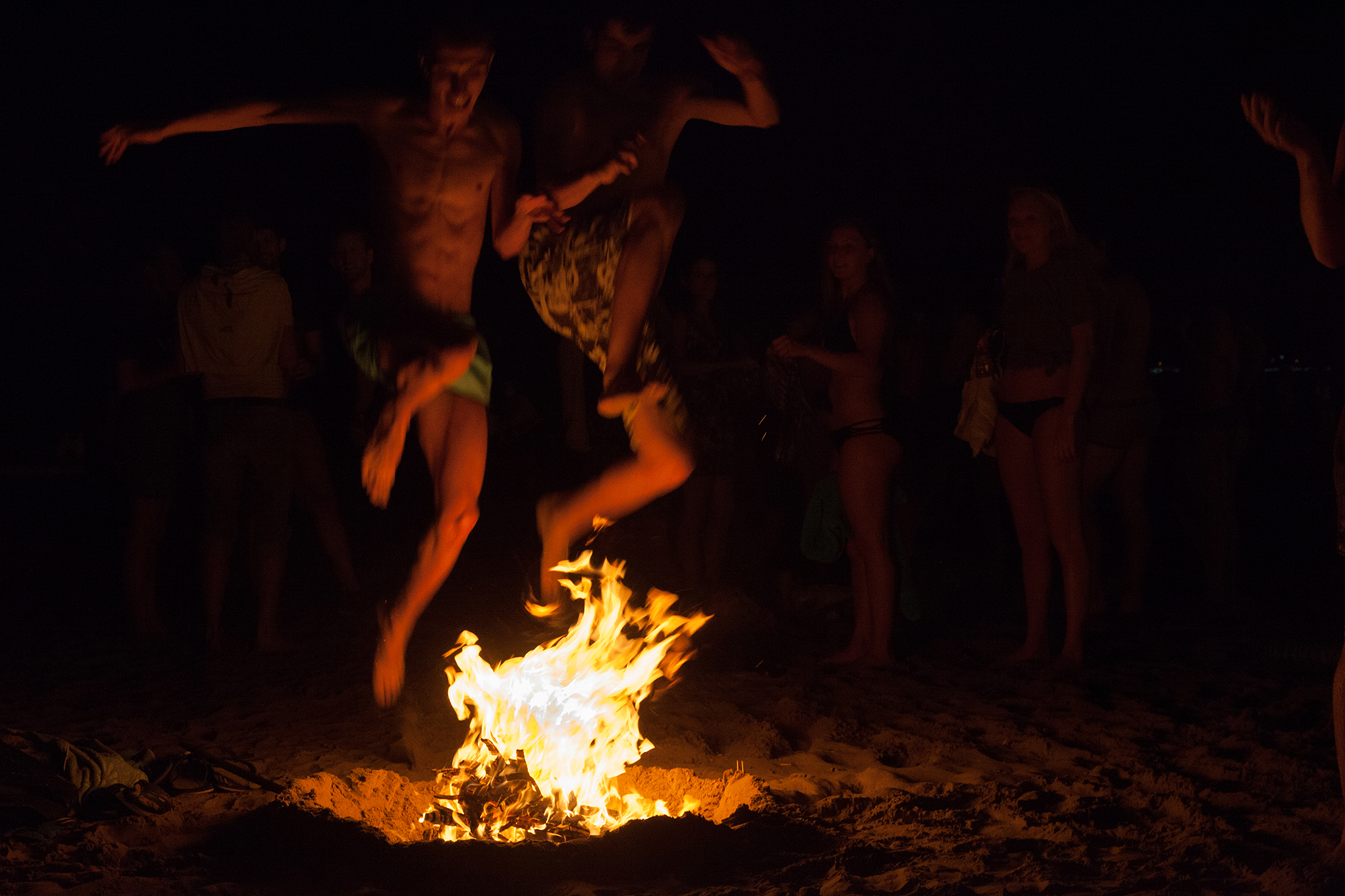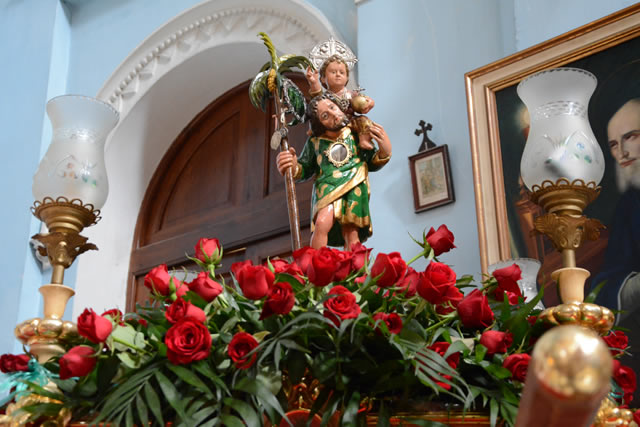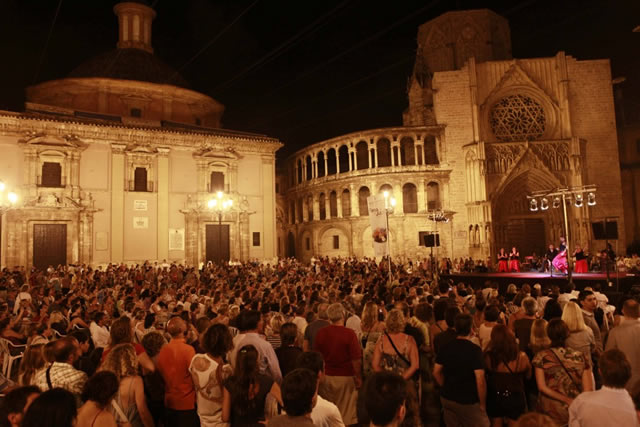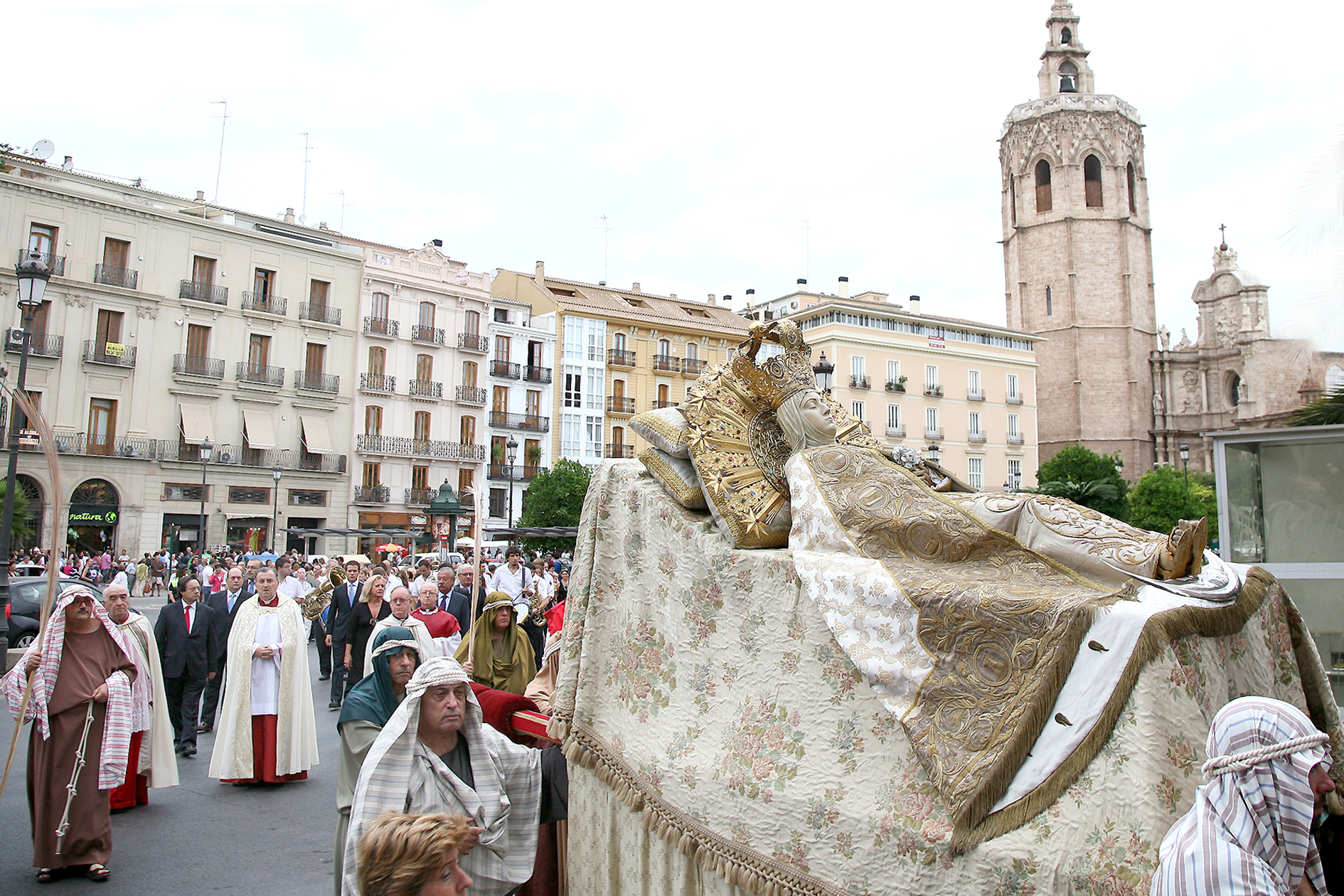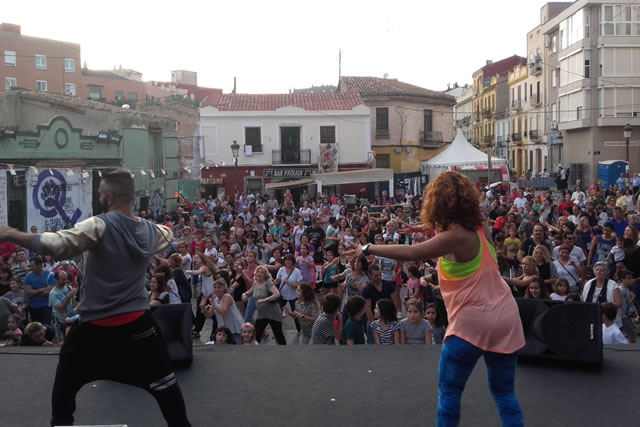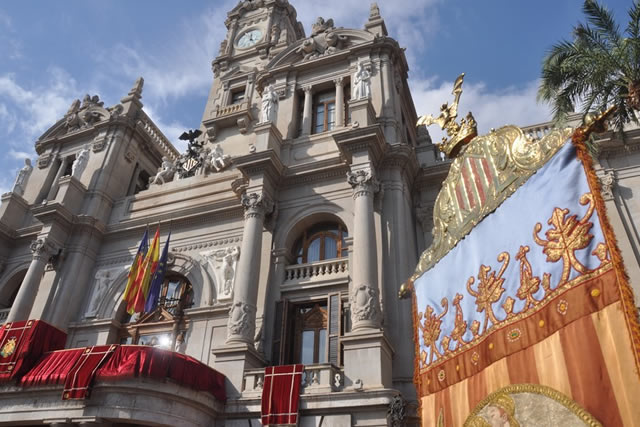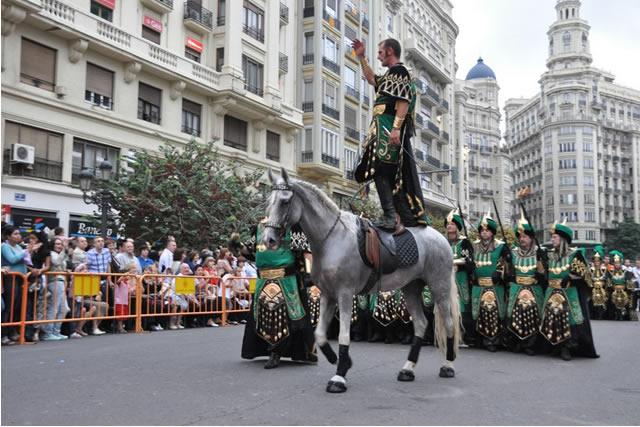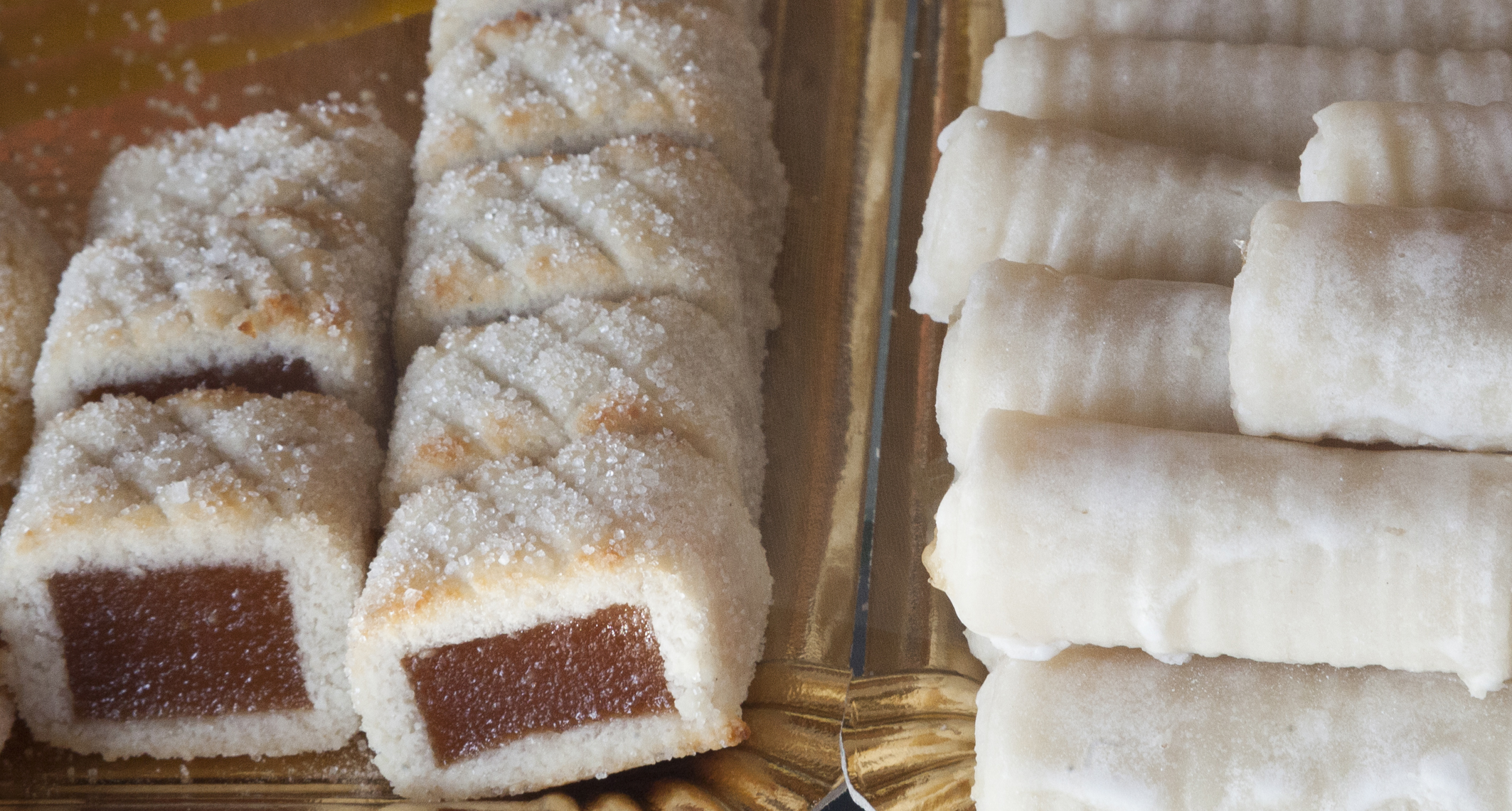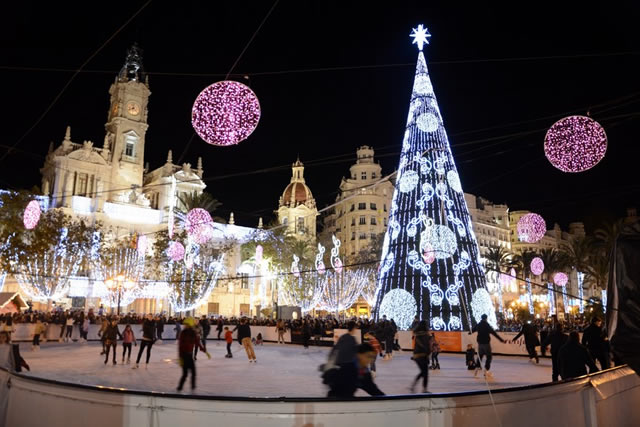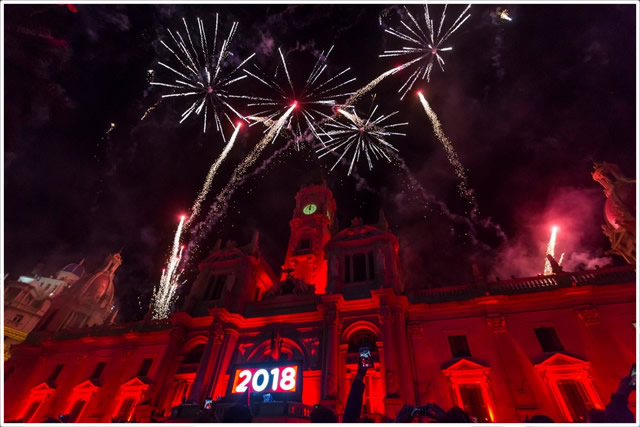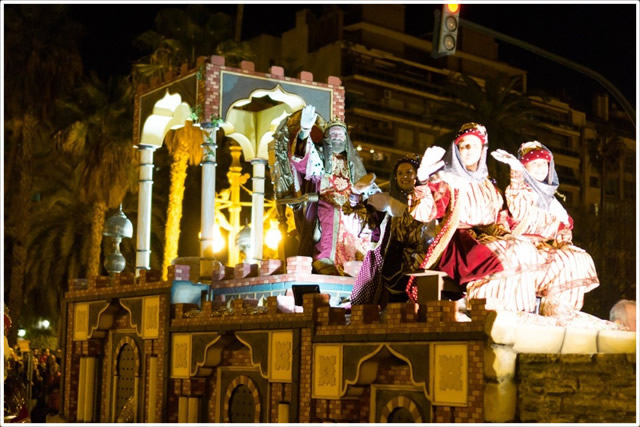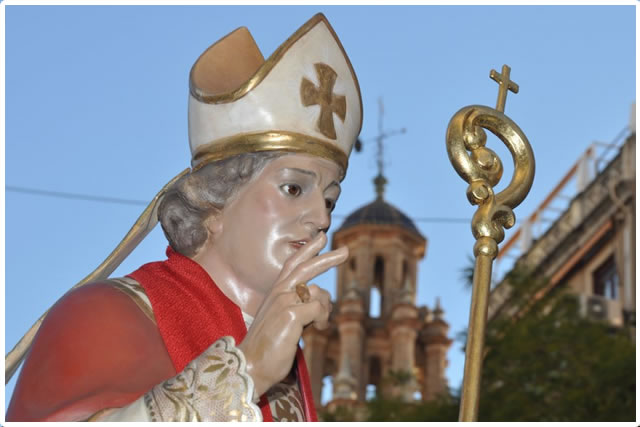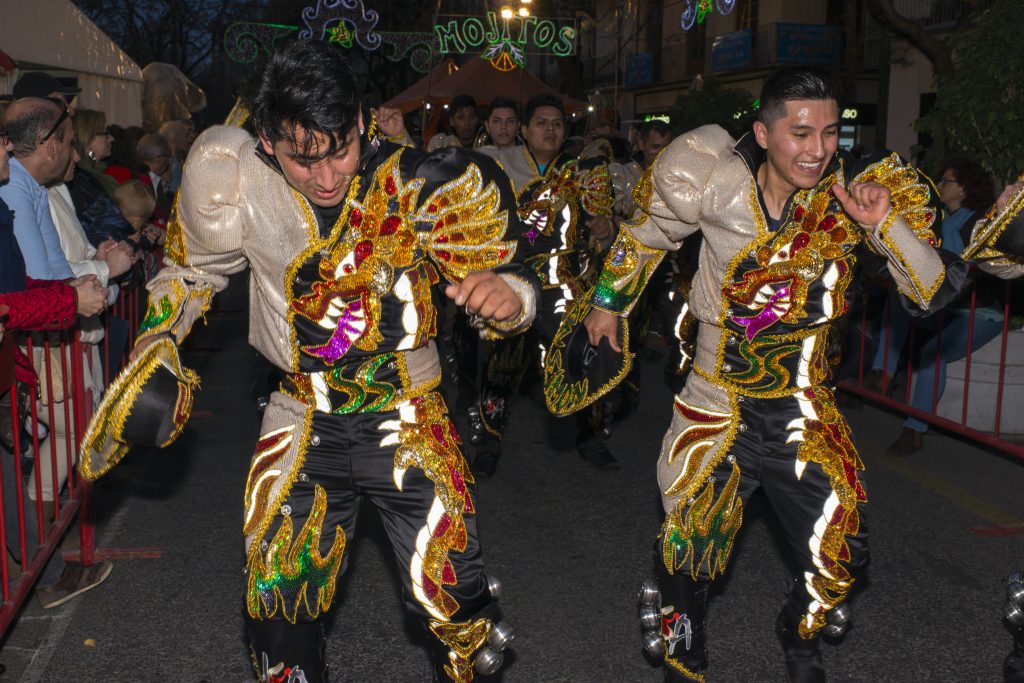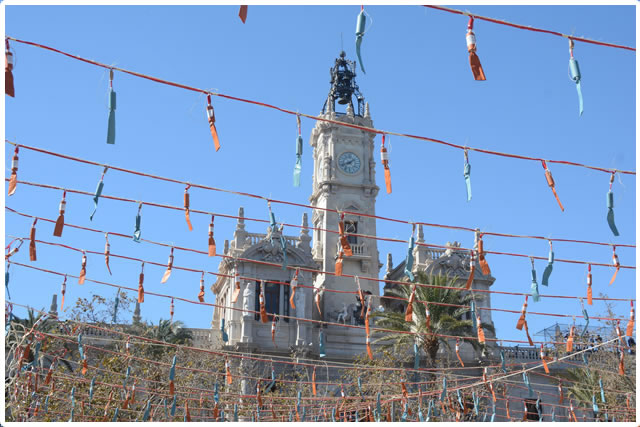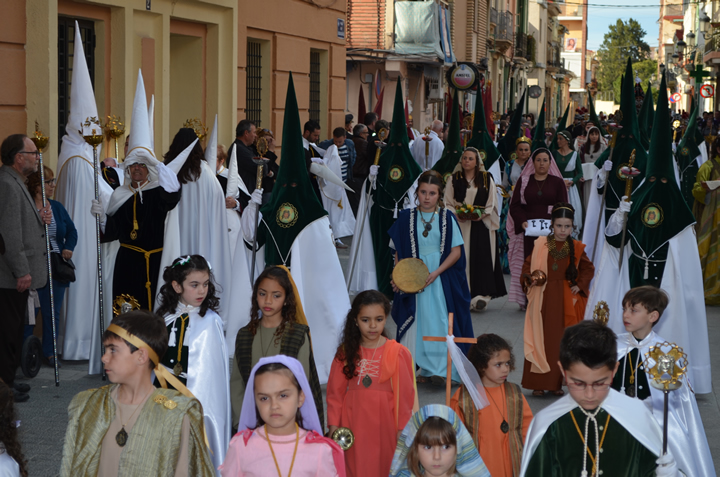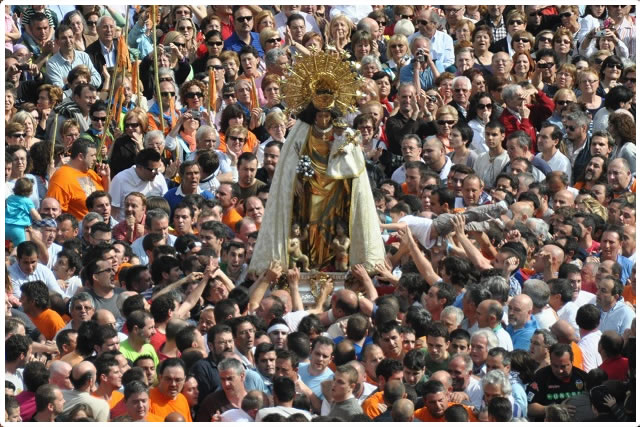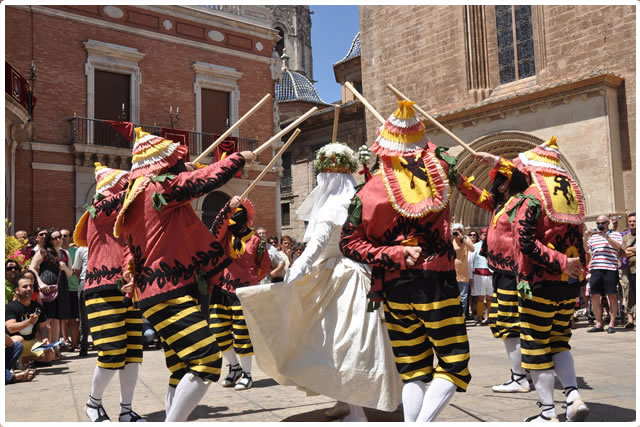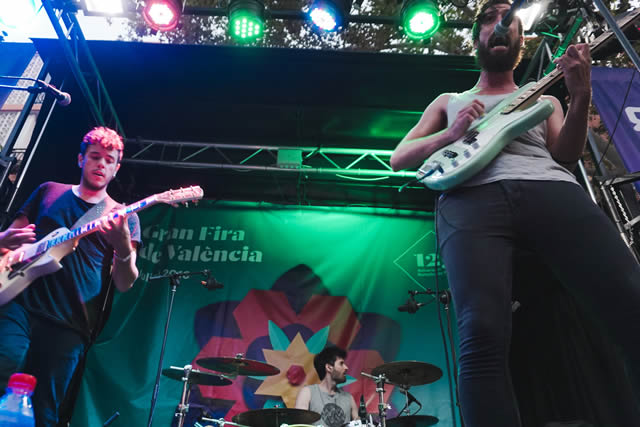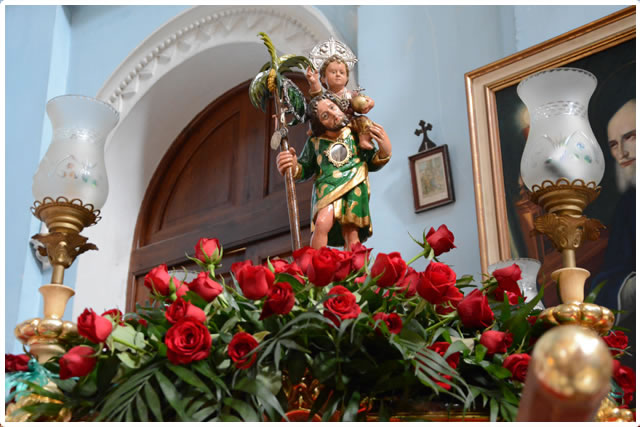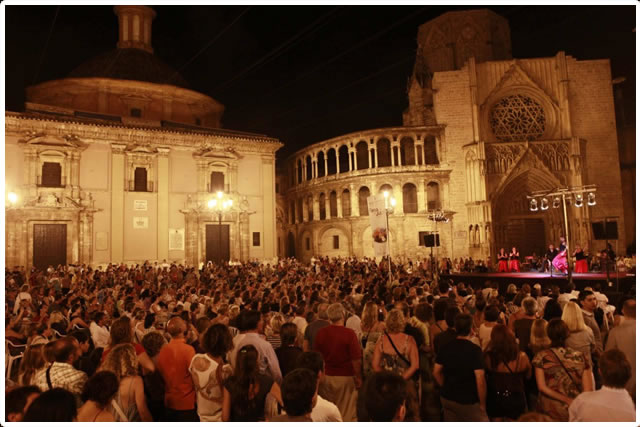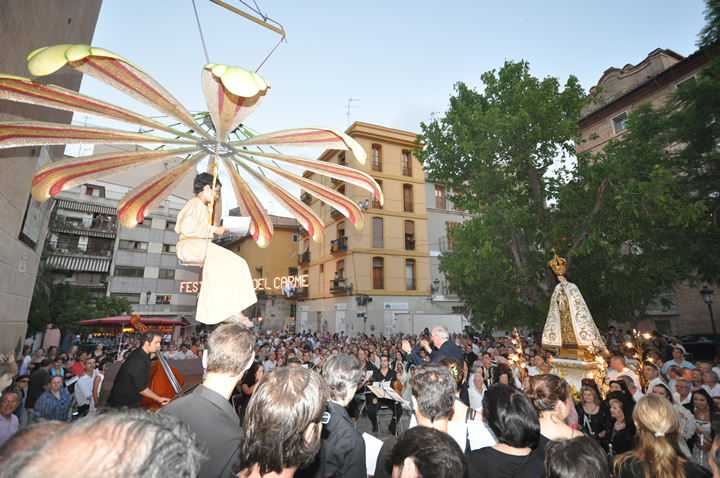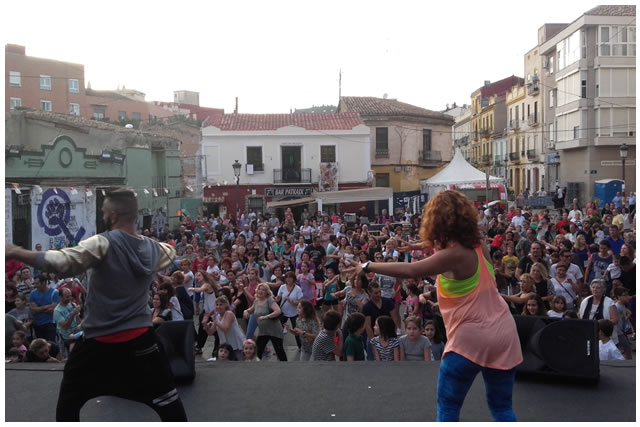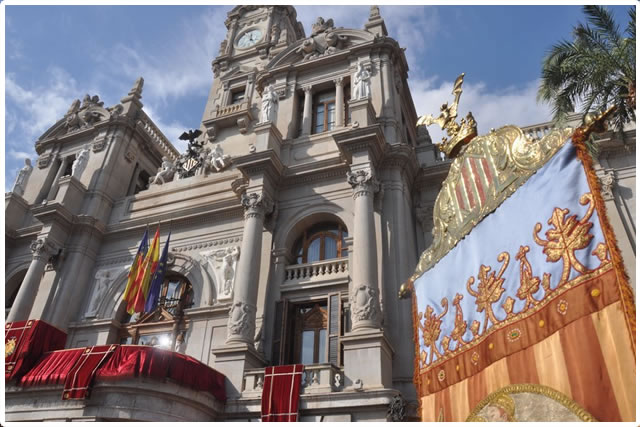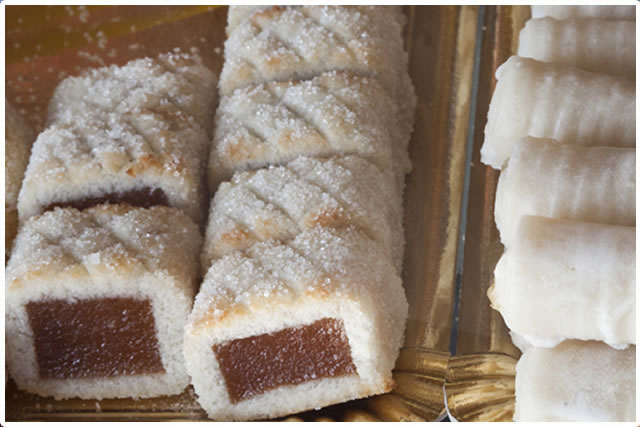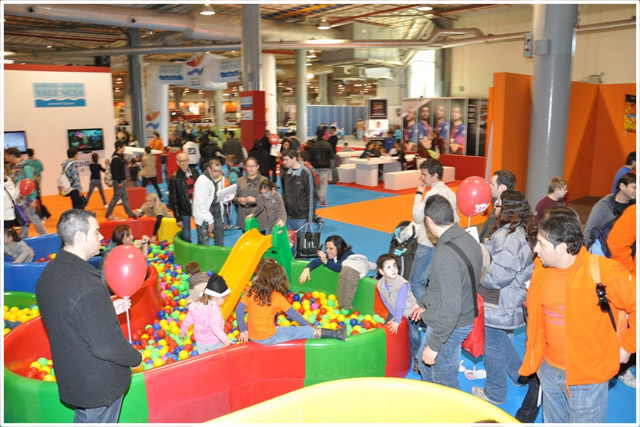THE FALLAS ARTIST (I). REGINO MAS
Among the many names and surnames that Fallas art has provided us with over the years, there is one that stands out for the sheer imprint of his personality and career: Regino Mas (Benifaió 1899 - València 1968).
Regino Mas sparked off his career in 1918 with a falla called El Llibre de les Mil i Una Nits (“The 1001 Nights”, erected in the Mestre Ripoll square) and up to the year 1958 he built almost 60 fallas, of which 26 obtained first prizes, and 12 were given first prize for their “wit and grace”. As many as 13 of these first prizes were in the Special Section, for the Fallas commissions of Lope de Vega, Plaça de Sant Jaume, Central Market (his stronghold, where he won 11 prizes, of which 7 were consecutive) and Convent de Jerusalem street. The Valencia Fallas Museum has five groups of his ninots saved from the flames.
In fact, in 1934 he was the mastermind of L’Indult del Foc: the proposal to save ninots from the flames and set up an exhibition, which became the current Ninot Exhibition based on a popular voting system to preserve figurines and groups of figurines from the annual flames and display them in the Fallas Museum. He was also one of the promoters, together with Josep Soriano Izquierdo and other professionals, of the founding of the first association of Fallas artists (linked to the Fine Arts Circle) in 1932. As a promoter of the subsequent Artisan Guild of Fallas Artists of Valencia, of which he was the head master in two periods (1943-1955 and 1957-1966), Mas fostered the creation of the Ciutat de l’Artista Faller, which he never long enjoyed due to his sudden death in May 1968.
Trained in the Arts and Crafts School of Valencia, where he specialised in drawing, his masters were Vicent Pastor, Enric Guillot and Ramon Andrés Cabrelles. Along with Carles Cortina, he gave his fallas a pyramid-like architectural structure and reduced scenic complexity in favour of the central bodies and adjuncts. Regino Mas practised a fallas style somewhere between academicism and a taste for Greco-Roman sculpture, with contained caricatures, and a flair for critiques of social realism in his theming. Some of his most widely recognised works in the history of the Fallas festivity were Museu del Folklore (Pi i Margall - Ciril Amorós, 1933), El so Quelo, rei de l’horta (Plaça de l’Ajuntament, 1942), La llei de l’embut (Central Market, 1944) and Sobre rodes (Convent de Jerusalem, 1958)
Other works by Mas were film sets (55 Days at Peking, The Fall of the Roman Empire) and carnival floats (Dominican Republic). Not a few of his apprentices also became artists of renown in the history of the Fallas, such as Vicent Luna and Vicent Agulleiro, with this artistic legacy continuing up to the year 2000. His old workshop currently houses the Training School of the Fallas Artists’ Guild.







